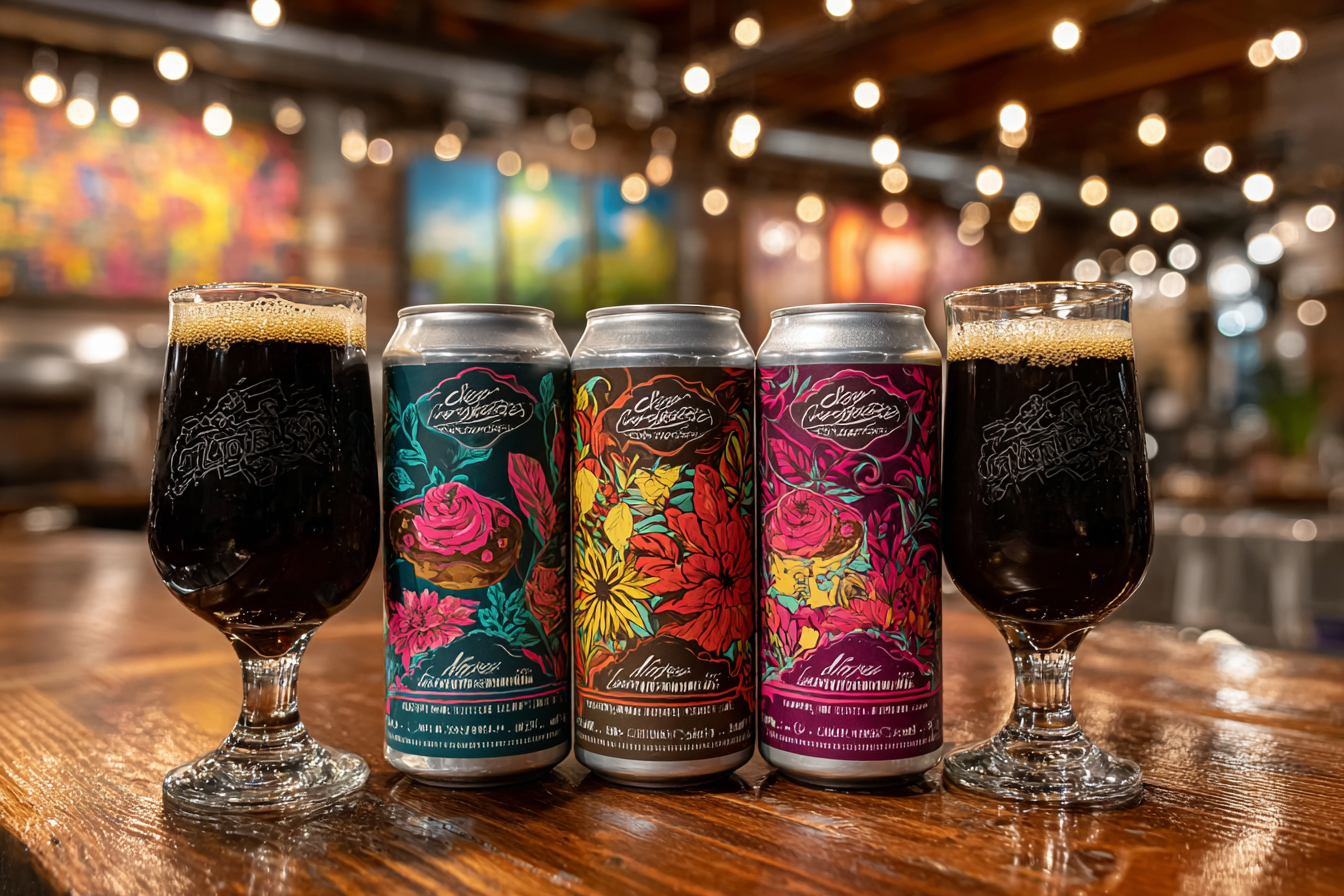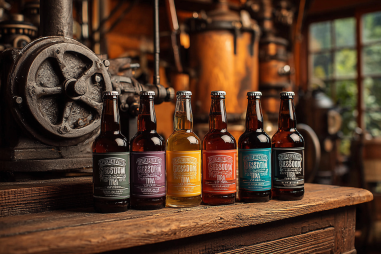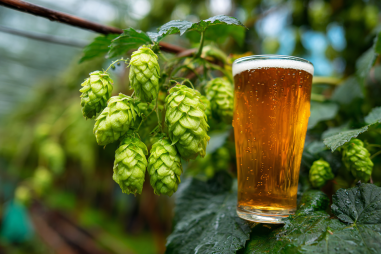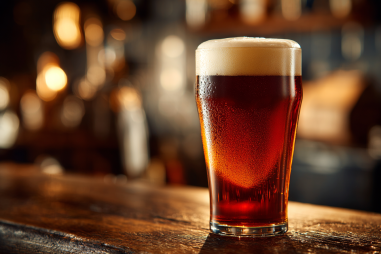Pastry stouts have quickly become a beloved niche within the craft beer community, celebrated for their rich, dessert-inspired flavors that tantalize taste buds and satisfy sweet cravings. Combining the deep roasted notes of stout with ingredients typically found in delicious pastries—such as chocolate, vanilla, cinnamon, and fruits—these beers deliver a decadent experience that blurs the line between beer and dessert. Across the globe, innovative breweries have dedicated themselves to perfecting pastry stouts, pushing the boundaries of brewing creativity. Let’s dive into the world of pastry stout breweries, explore their standout offerings, and uncover what makes these luscious dessert beers so special.
Leading Craft Breweries Specializing in Pastry Stouts
The rise of pastry stouts owes much to a handful of pioneering breweries that recognized the potential in blending beer with dessert flavors. These breweries set the stage for a new category of stouts celebrated for indulgent character and complex layers.
Crooked Stave Artisan Beer Project (Denver, Colorado) is known for experimenting with wild ales and barrel-aged stouts, including their pastry stout variants which incorporate natural fruits and vanilla, lending a soft and creamy texture. They marry the sour and sweet for a truly unique experience.
Prairie Artisan Ales
Barrier Brewing Co.
Omnipollo
These breweries serve as shining examples of how creativity and quality come together to craft irresistible pastry stouts.
Signature Pastry Stout Offerings and Flavor Profiles
Each brewery brings its own flair and flavor signature, making the world of pastry stouts wonderfully diverse. Typically, these beers are rich and full-bodied with a sweet aroma reminiscent of baked goods. Here are a few signature beers and what you can expect from them:
- Prairie Bomb!: A heavy stout loaded with peanut butter, chocolate, and coffee flavors. The finish is creamy and smooth, balanced with roasted bitterness to avoid overwhelming sweetness.
- Barrier Brewing Pastry Man: As the name implies, it’s a robust stout saturated with vanilla beans, almonds, and dark chocolate, capturing the essence of a rich pastry experience.
- Crooked Stave Wild Ale Pastry Series: These stouts feature layers of wild fermentation, with notes of tart berry fruit, creamy vanilla, and subtle oak, offering complexity and depth.
- Omnipollo’s Noa Pecan Mud Cake: Loaded with pecans, cocoa, vanilla, and hints of caramel, this stout tastes like an indulgent slice of mud cake with a boozy kick.
Generally, you can expect the following common flavor elements in pastry stouts:
- Sweetness from lactose or natural sugars to mimic dessert sugar content
- Chocolate and cocoa nibs for richness and depth
- Vanilla and spices such as cinnamon and nutmeg for aroma and warmth
- Fruity twang from added berries or stone fruits in some variants
- Nut flavors from almonds, pecans, or peanuts
Brewing Philosophies Behind Pastry Stout Production
The hallmark of great pastry stouts lies in the balance, with brewers striving to meld sweetness without descending into cloying or unbalanced territory. Many adhere to key philosophies that ensure their beers remain both flavorful and drinkable:
- Ingredient Integrity: Using real, high-quality dessert ingredients—fresh vanilla beans rather than extracts, whole spices, authentic nuts—adds genuine depth.
- Balancing Sweetness: Brewers avoid overloading sugars by pairing sweet lactose additions with roasted bitter malts to create harmony in the flavor profile.
- Alcohol as a Flavor Component: Many pastry stouts are barrel-aged or higher in ABV, with the alcohol behaving like a warming element instead of overpowering the beer.
- Experimentation and Craftsmanship: From wild yeast fermentations to innovative spice blends, brewers often treat pastry stout production as both art and science.
This meticulous approach gives each brewery’s offerings distinct personality and keeps fans coming back for more.
Regional Differences in Pastry Stout Styles
Pastry stouts vary by region, influenced by local culture, brewing traditions, and available ingredients. Here are some notable regional trends:
- North America: The US craft beer scene is a major hub, embracing bold, unapologetic sweetness with additions like peanut butter, maple syrup, and espresso. The Midwest and Northeast are home to many experimental pastry stouts.
- Europe: European brewers often bring elegance and complexity with more subtle sweetness, integrating spices from neighboring culinary traditions and employing barrel-aging techniques common in the region.
- Asia-Pacific: Emerging craft scenes in Japan and Australia are producing pastry stouts that blend local ingredients such as matcha or native nuts, offering unique twists within an international style.
These regional variations provide exciting diversity for pastry stout enthusiasts worldwide.
How to Find and Enjoy Pastry Stouts from Top Breweries
Finding pastry stouts crafted by leading breweries is easier than ever thanks to expanding distribution and the rise of online beer marketplaces. Here are some tips to help you on your search and get the best experience:
- Check Brewery Websites and Social Media: Many breweries release pastry stouts as limited editions, so following them can alert you to upcoming releases and availability.
- Visit Local Craft Beer Shops and Taprooms: Specialty beer retailers often stock pastry stouts, especially in regions with vibrant craft scenes.
- Attend Beer Festivals and Events: Festivals dedicated to stouts or specialty beers are excellent places to sample pastry stouts from various breweries.
- Pair with Complementary Foods: Enhance your tasting experience by pairing pastry stouts with desserts like chocolate cake, crème brûlée, or a simple scoop of vanilla ice cream.
- Serve at Proper Temperatures: Slightly warmer than fridge cold, around 50-55°F (10-13°C), to fully appreciate layered aromas and flavors.
Taking time to savor pastry stouts as dessert or after-dinner treats elevates the experience and allows their complexity to shine.
Emerging Trends in the Pastry Stout Arena
The future looks sweet for pastry stout brewers, with new trends shaping the landscape. Expect to see more experimental ingredients such as exotic fruits, unconventional spices, and collaborations between dessert chefs and brewers. Barrel aging in unique wood types like rum or tequila barrels is gaining traction, adding fresh dimensions to flavor profiles.
Additionally, sustainability is becoming part of the conversation, with some breweries sourcing local, organic ingredients to marry pastry stout decadence with environmental responsibility. Watch for innovative packaging and limited-edition releases that emphasize storytelling and craft.
As drinkers’ palates evolve, breweries will continue pushing the boundaries of what dessert-inspired beer can offer, making pastry stouts an exciting and delicious frontier of craft brewing.







